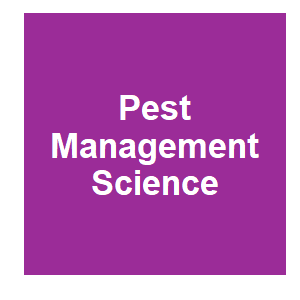Recently introduced Wolbachia reduces bacterial species richness and reshapes bacterial community structure in Nilaparvata lugens

|
T.-P. Li, C.-Y. Zhou, J.-T. Gong, Z. Xi and X.-Y. Hong,
Pest Management Science,
2022.

BACKGROUND Wolbachia has been developed as an effective tool to suppress insect pests and arbovirus transmission. Recently, the brown planthopper Nilaparvata lugens, a serious agricultural pest, has been successfully transinfected with Wolbachia strain wStri from Laodelphax striatellus. However, before conducting the field experiments, the impacts of wStri on the bacterial microbiota in N. lugens and how it differs from native Wolbachia wLug strain have not been clarified. RESULTS Here, we found that wStri reduced bacterial diversity and shaped bacterial community structure more than wLug in both developmental stage and different adult tissues. Overall, the relative abundance of Wolbachia was negatively correlated with bacterial diversity, but the bacterial diversity gradually decreased only when the relative abundance of Wolbachia was higher than 60%. Further analysis found that wStri reduced species richness of other bacteria but not their evenness. wStri infection also affected many bacterial functions (e.g., amino acid metabolism & signaling and cellular processes) in the developmental stages, with a stronger effect than wLug in nymphs. Moreover, although Wolbachia occupied a high relative abundance in infected individuals, Acinetobacter was consistently a core part of microbiome. CONCLUSION These results showed the significant impacts of recently introduced wStri on bacterial microbiota in N. lugens, with the effects differing from native wLug. This study will aid in understanding the relationship between Wolbachia, its host and the host’s microbiota, and provide a reference for future field experiments. This article is protected by copyright. All rights reserved. More related to this: Stable Introduction of Plant-Virus-Inhibiting Wolbachia into Planthoppers for Rice Protection
|



